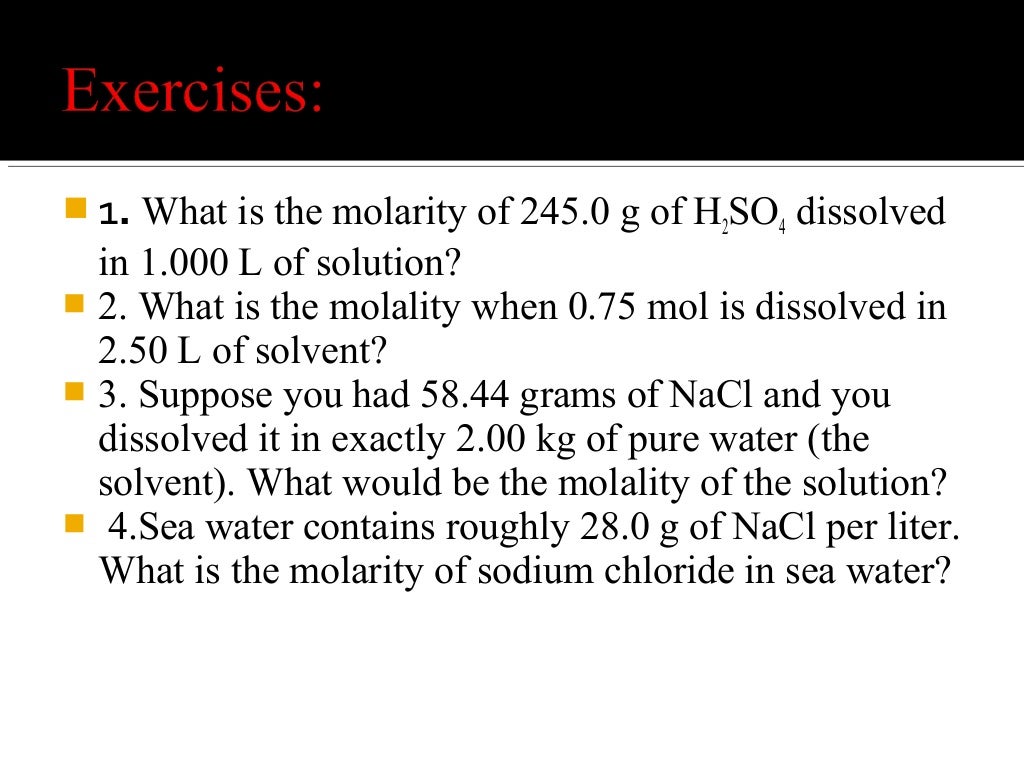

There are now four hydrogen atoms in the reactants and also four atoms of hydrogen in the product. The coefficient that works is 2: 2H 2 + O 2 → 2H 2O No problem-simply go back to the reactant side of the equation and add a coefficient in front of the H 2. But in satisfying the need for the same number of oxygen atoms on both sides of the reaction, we have also changed the number of hydrogen atoms on the product side, so the number of hydrogen atoms is no longer equal. Now there is the same number of oxygen atoms in the reactants as there are in the product. The 2 in front of the formula for water is called a coefficient A number in a chemical equation indicating more than one molecule of the substance. To accommodate the two oxygen atoms as reactants, let us assume that we have two water molecules as products: H 2 + O 2 → 2H 2O We do this one element at a time, going from one side of the reaction to the other, changing the number of molecules of a substance until all elements have the same number of atoms on each side. What you can do, however, is to change the number of molecules that react or are produced. What can we do? Can we change the subscripts in the formula for water so that it has two oxygen atoms in it? No you cannot change the formulas of individual substances because the chemical formula for a given substance is characteristic of that substance. But if we count the number of oxygen atoms in the reactants and products, we find that there are two oxygen atoms in the reactants but only one oxygen atom in the products. If we count the number of hydrogen atoms in the reactants and products, we find two hydrogen atoms. In chemical equations, the number of atoms of each element in the reactants must be the same as the number of atoms of each element in the products. The law of conservation of matter says that matter cannot be created or destroyed. Unfortunately, it is also an incomplete chemical equation. The initial substances are called reactants An initial substance in a chemical equation., and the final substances are called products A final substance in a chemical equation. This is an example of a chemical equation A concise way of representing a chemical reaction., which is a concise way of representing a chemical reaction. Remembering that hydrogen and oxygen both exist as diatomic molecules, we can rewrite our chemical change as H 2 + O 2 → H 2O But substances can also be represented by chemical formulas. Where the + sign means that the two substances interact chemically with each other and the → symbol implies that a chemical reaction takes place. We can represent this chemical change more succinctly as hydrogen + oxygen → water We can write that as follows: hydrogen reacts with oxygen to make water For example, one chemical property of hydrogen is that it will react with oxygen to make water. Identify the parts of a chemical equation.Ī chemical reaction expresses a chemical change.


 0 kommentar(er)
0 kommentar(er)
